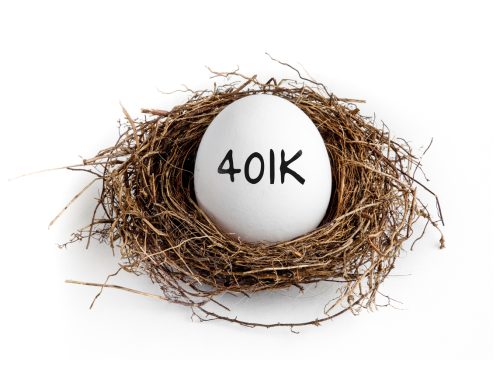
As a healthcare professional, we know it can be difficult to put effort into planning your retirement after having already worked so hard at your hospital, long-term care, acute care, or skilled facility. That’s why we’re here to help. Let us simplify some of the key components of your retirement account: Here are some important facts and tips to keep in mind:
- Take advantage of employer contributions: Many employers offer matching contributions to their employees’ 401(k) plans. If you have yet to retire, find out if your employer offers matching contributions and be sure to contribute enough to take full advantage of this benefit.
- Consider the tax benefits: Contributions to a traditional 401(k) plan are tax-deductible, which can lower your taxable income in the current year. Roth 401(k) plans, on the other hand, are funded with after-tax dollars, meaning you’re still taxed today, but withdrawals are tax-free in retirement. Speak with a financial advisor to determine which type of plan is best for you and how to maximize both.
- Diversify your investments: Don’t put all your eggs in one basket. Consider investing in a mix of stocks, bonds, and other asset classes to help reduce risk and maximize potential returns.
- Rebalance your portfolio regularly: Your investment mix will shift over time as some assets outperform others. It’s important to periodically review and adjust your portfolio to ensure it still aligns with your goals and risk tolerance.
Retirement Accounts for Hourly Wage and Part-Time Healthcare Professionals.
Part-time healthcare professionals may have access to several types of retirement accounts, depending on their employer and the benefits offered. Here are some common retirement accounts that part-time professionals may have access to:
- IRA (Individual Retirement Account): An IRA is a retirement savings account that allows individuals to contribute pre-tax dollars up to a certain limit each year. The money in the account grows tax-free until withdrawals are made in retirement, at which point they are taxed as income. There are no specific eligibility requirements for contributing to an IRA, so part-time professionals may be able to contribute to one if they have earned income. However, there are lower limits to how much you can contribute to an IRA in comparison to an employer-sponsored retirement account.
- SIMPLE IRA: A SIMPLE IRA is a retirement savings plan that is similar to a 401(k) plan. It is typically offered by small businesses with fewer than 100 employees. Contributions to a SIMPLE IRA are made with pre-tax dollars and can be invested in various funds. Employers may offer matching contributions. Part-time professionals who have earned income may be eligible to participate in a SIMPLE IRA plan if their employer offers one.
- SEP IRA: A SEP IRA is a retirement savings account that is typically used by self-employed individuals and small business owners. Contributions are made with pre-tax dollars, and the money in the account grows tax-free until withdrawals are made in retirement. Part-time professionals who work for a business that offers a SEP IRA plan may be eligible to participate.
As a healthcare professional, we understand that you’ve worked your whole life caring for others, even through some of the most difficult times our healthcare system has faced. You don’t do it to be a hero, you do it because it’s your calling and it helps you support yourself and your family. You’ve poured your energy into caring for others, now it’s time to enjoy the fruits of your labor. Maximizing the unique retirement accounts you own can be the key to achieving the retirement of your dreams.
So, let us be your team of financial care givers and call us today.









